Spot Check Rocky Point
Oahu’s North Shore is globally renowned for world class surf, pristine waters and often life threatening seas. While iconic spots like Pipeline, Sunset, and Waimea draw most of the spotlight, especially during major surf contests, Rocky Point remains a local favorite known for its consistent, high-performance waves. Situated along this fabled coastline, Rocky Point or Rockys, is a unique gem that can be as challenging as it is rewarding. While you won’t find a surf contest there, Rocky point has starred in countless surf videos, securing its place as one of the most revered and iconic destinations in the surf world.

While many flock to the North Shore during the fall and winter months in search of huge, monstrous waves, Rocky Point offers a more approachable but no less consequential opportunity for advanced surfers to showcase their skills. When the waves settle to a more manageable head-high or slightly bigger range, Rocky Point becomes a virtual surf buffet, serving up long barrels, air sections, and everything in-between.

Generally, any swell with a northern direction and even west-northwest swells will generate some decent waves, but the best conditions are in the three-to-five-foot NW swell, with light east winds. The playing field at Rocky Point is pretty wide and although it’s called a point, it’s not really your traditional point break. There are actually several waves at play on any given day at Rocky’s. Going right at the peak is Rocky Rights, that can barrel or break fast across the reef kind of like a point break. Going left at the peak is Rocky Lefts, which offers a similar section to start, but then hits deeper water and backs off, before reforming into an air section, which some consider a totally different wave, called Ronnie Bowls, named after North Shore legend Ronnie Burns. Sometimes groms or surfers hunting air sections will ignore surfing the point and just surf Ronnie Bowls. There’s even a left and right peak far down on Rocky Rights, so even though it may look really crowded, there are often plenty of waves to go around.

When the surf is firing, Rocky Point’s lineup can be pretty intense and competitive. The break draws top pros, local standouts, tourists, and surfers of all skill levels, leading to a chaotic and often dangerous playing field. It’s not uncommon to see seasoned pros vying for video and photo content, beginners out of their league, and local kids refining their skills. The wave, already consequential due to its shallow reef and unpredictable currents, becomes even more intimidating with the added complexity of the lineup’s deep pecking order. You’ll find local legends surfing there like Michael Ho and Mason Ho, to international superstars like Kelly Slater. As at most local lineups, respect for the locals is a key part of navigating Rocky Point’s lineup. At times, newcomers are expected to yield, regardless of their position on the wave. On top of all that, the Rockys can be unforgiving, with a ripping current and shifting peaks that make positioning difficult and paddling back out even more difficult.
When considering which board to bring to Rocky Point, experts often flock to your standard thruster. The high performance wave calls for high performance equipment but you’ll see anything from bodyboards, longboards and the occasional ala’ia board. We recommend the HRT model with a swallow tail on smaller days, and the Flux model with a squash tail on bigger days.

If you’re new to Rocky Point, we recommend taking it slow, know your limits and of course, when in doubt don’t paddle out. Rockys is a highly formidable yet highly rewarding surf break that favors seasoned surfers. It’s a place where skill, respect, and perseverance are essential. And for those fun-sized winter swells, it’s the place to be.
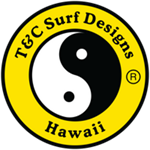
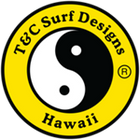
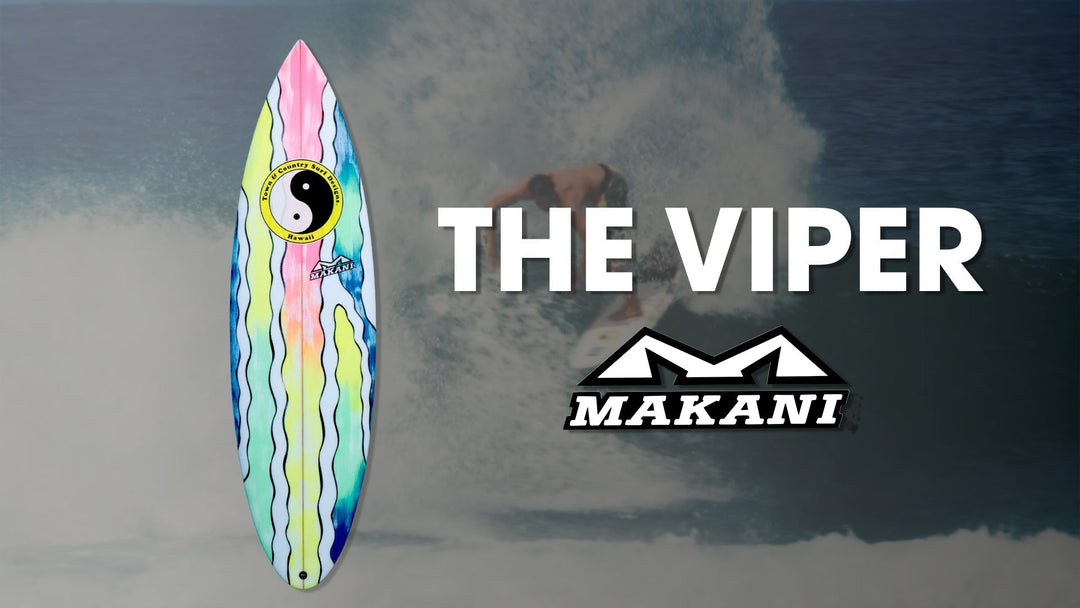
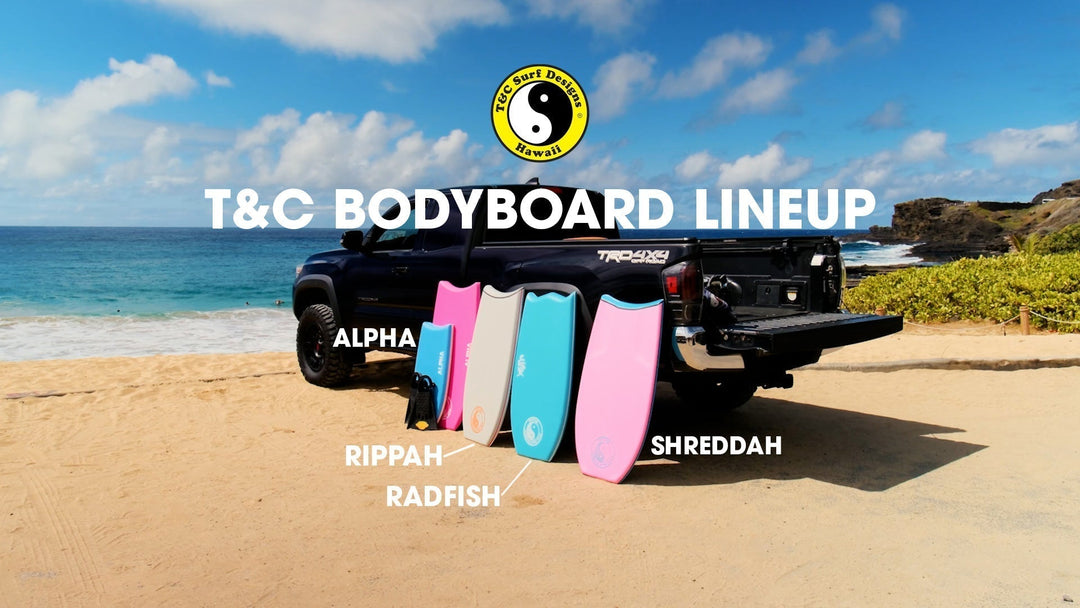
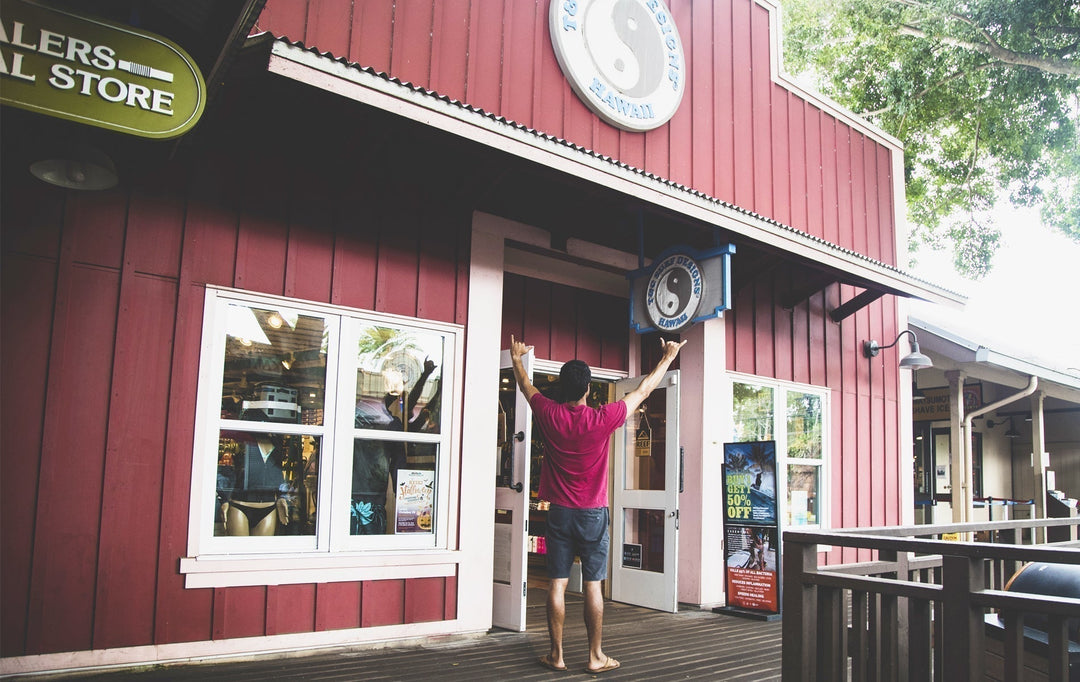
Leave a comment